ARCHIVE · 2017
IVO MLADOŠIĆ
IMAGINARY OF THE EVERYDAY
07.12.2017. - 14.01.2018.
Curator: Vesna Delić Gozze
with taproots with basket roots, sulphur yellow with brick red
with salt grey with coal black
Peter Handke: Don Juan (His own version)
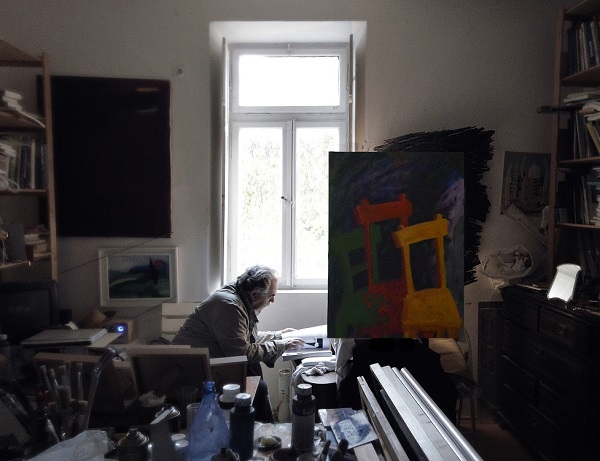
Ivo Mladošić, Photography (Miho Skvrce, Photographer)
With the intensity with which he enters into the motif and the subtle approach to his theme, the painter Ivo Mladošić has woven light into the chromaticism of his canvases, dissolving the spectral luminous nexus into individual and often complementary colours. Through sunlight as a mixture of colours, he tests out the physical manifestation of this chromatic co-existence.
Vesna Delić Gozze

"THE PAINTING IN A PAINTING" in Croatian 20th century
9.11. - 10.12.2017
The “Painting in a Painting” exhibition in Croatian 20th century Painting explores works of Croatian painters in which depictions of paintings appear, whether portraits, still lifes or interiors in the most restricted sense. Its main focus is on works of painters from Dubrovnik. Presented is work of Vlaho Bukovac, Ljubo Babić, Ivo Dulčić, Branko Kovačević, Tomislav Krizman, Antun Masle, Juraj Plančić, Zlatko Prica, Đuro Pulitika, Milivoj Uzelac, Emanuel Vidović and Ivo Vojvodić.
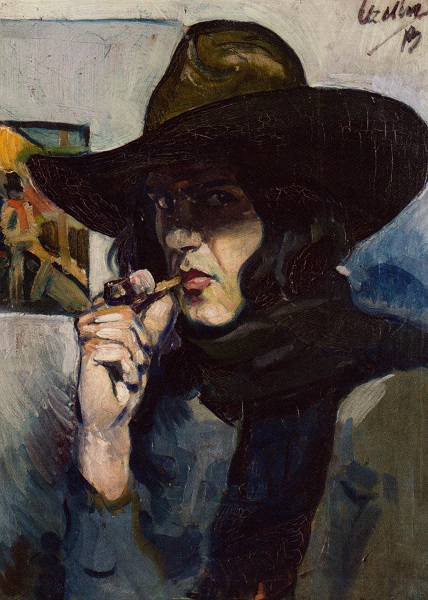
Milivoj Uzelac, Self-portrait, 1913., oil on canvas
In one of his very early self-portraits of 1913, Milivoj Uzelac (1897-1977), puts in the background, in order to bolster up the dandified charge of the self-portrait, a "painting in a painting".
Rozana Vojvoda

Juraj Plančić: Nude, 1929., oil on canvas
Juraj Plančić (1899-1930) with his "painting in a painting" depicting a couple of lovers in the Nude of 1929 heightens the sensuality and carnality of the scene with the depiction of a robust female nude of Rubenesque descent.
Rozana Vojvoda
EMPTINESS: A Selection of 21st century Croatian Photography
12.10. - 5.11.2017.
The exhibition displays the photography that presents just a hint on the Croatian visual scene of the 21st century. The exhibits / works were born with a shift from a physical presence of man and are extracted from the series of with some. Presented is work of Jelena Blagović, Boris Cvjetanović, Petar Dabac, Sandro Đukić, Marko Ercegović, Davor Konjikušić, Igor Kuduz, Antun Maračić, Ana Opalić, Marina Paulenka, Jasenko Rasol, Davor Sanvincenti, SofijaSilvia, Sandra Vitaljić and Borko Vukosav. Their starting points are different, readable in multi forms and dangereously / serious.
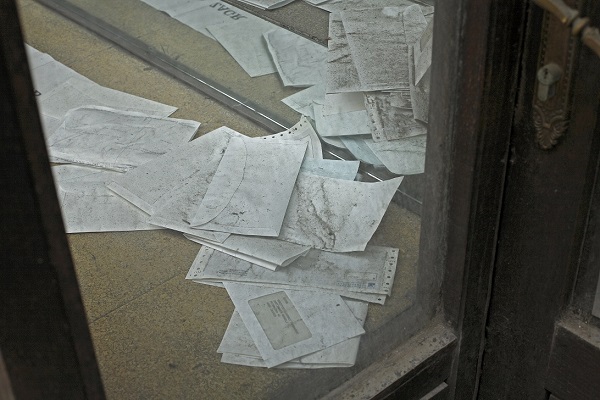
Boris Cvjetanović: From the series CITY II, 2004-2015, digital color photography, Inkjet print
Emptiness is looking at us from things, because emptiness is what we have instilled in them in our best intention to annihilate our own stances. It is our effort to shake off the human and his plural cogitations from us. One element missing in the process is the recognition of missing as innocence, in singular form, as a farewell to everything.
Antun Nodilo,
from a letter sent by e-mail to MOMA Dubrovnik
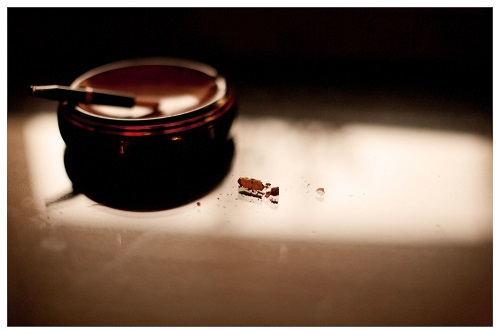
Jelena Blagović: From the series ABOUT HER, 2013-2014, digital color photography, ink jet
Marko Ercegović frames (Pie in the Sky, 2011), for example, a facade of a building as a flat, closed surface on a day with clouds of a similar hue, interacted with lines of antennas through its center; the other part of the frame shows fragments of tops of deciduous trees.
Anonymous author
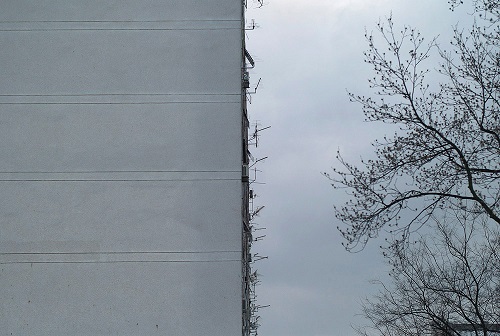
Marko Ercegović: ZAGREB, 2009., From the series PIE IN THE SKY, 2011, digital color photography, ink jet
DAVOR SANVINCENTI: Con una cierta calma
6.10. - 26.11.2017.
Curator: Rozana Vojvoda
Davor Sanvincenti is an artist, who, in his own unobtrusive way, through various aspects of his activities, whether sound experiments, spatial installations, video works or photographs, takes as his subject the natural surroundings and makes us aware of processes of perception that most often we take completely for granted.
His work has been exhibited and presented internationally, including festivals 28th Music Biennale -Zagreb, Rencontres Internationales - Paris/Berlin/Madrid, Device_Art Triennale - Montreal, LOOP - Barcelona, World Film Festival - Bangkok, 25FPS - Zagreb, VideoEX - Zurich, CineMed - Montpellier and venues including Centre Georges Pompidou, Paris; HfG/ZKM, Karlsruhe; UniversalMuseum Joanneum, Graz; Lincoln Center, New York; Museo de Arte Contemporaneo, Oaxaca; FRAC Pays de la Loire, Carquefou; Camera Austria, Graz; MoCA, Zagreb; La Triennale, Milano; NIU, Barcelona; MoCA Vojvodina, Novi Sad; Filmoteca Española, Madrid; Art Pavilion, Zagreb; Glassbox, Paris; Haus der Kulturen der Welt, Berlin. (www.messmatik.net)
_ed 1.jpg)
Davor Sanvincenti: El bano de la Reina (2013)_ed1
The little black and white photos of the "Before the First Light" series are excerpts, mostly, of the natural environment, without any clear hints as to the specific place, sometimes they sketch out the physical interaction of artist and setting (shots under the foliage of a tree), sometimes a view onto a setting from a distance or from an elevated angle of view, often, too, close-ups of trees. In combination with these series of Polaroids, Sanvincenti is exhibitig a 16mm film "Le lever du jour sur l'ocean" (The day's rising on the ocean). In a static take shot on the shores of the Atlantic, it captures the transition between night and day.
Rozana Vojvoda
_ed 1.jpg)
Davor Sanvincenti: Con una cierta calma, 2012., Oaxaca
MATKO TREBOTIĆ: Light and Darkness of the Mediterranean
07.09. – 01.10.2017.
Curator: Marin Ivanović

Matko Trebotić - an artist who exhibited all around the world has always been inspired by the small area on the Croatian coast, between the city of Split and the island of Brač. He also does spatial installations, as well as theatre and television scenography. As a painter, he has found a pictorial formula, with which he has, in a creative and painterly exquisite way, managed to connect to local with the global, to translate the heritability into the universal language, and to modernize the Croatian traditional expression.
.jpg)
In the paintings from this exhibition, all the motifs from Trebotić’s previous series have been sublimated so that on the splashes of white one can recognize tiny drawings of early Cristian church plans, minute Glagolitic letters and crosses, geometrical shapes, numbers and outlined grids.
.jpg)
SRĐAN VUKČEVIĆ: Les Grandes Plages
3.8. - 1.10.2017
Author of the exhibition: Marin Ivanović
Srđan Vukčević deals primarily with figurative motifs - portraits of historical figures, flirtatious women and overly serious men, vases with flowers, angels and putti, cups, tea kettles, perfume bottles and little boxes, all represnted in the rococo and empire style; fin de siècle fruit baskets, trays, jewelry and ribbons, hats, parasols and dresses; 1920s bathing suits, wicker chairs and beach awnings; dogs, cats and irds, marottes and toys, tables, chairs and sofas, masks and other unusual items. All of these motifs incorporate two basic components we can discern from Srđan's creativity, his environment and his personality, namely the intellectualism and nostalgia.
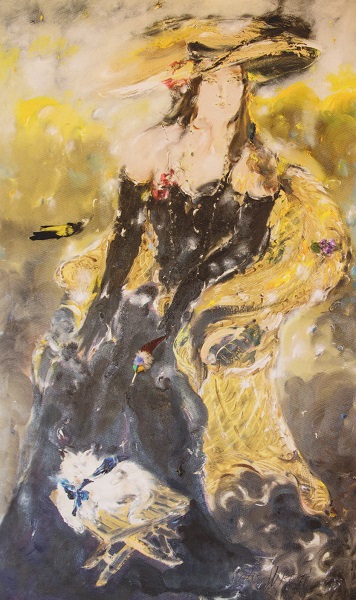
Srđan Vukčević: Portrait with Birds and a Cat, 2017., oil on canvas
(...) the imagination of Srđan Vukčević is marked by the proliferation of themes and motifs, and by the consistency of his style that has been developing in a refined and authentic manner over the last thirty years. He deals primarily with figurative motifs - portraits of historical figures, flirtatious woman and overly serious men, vases with flowers, angels and putti, cups, tea kettles, perfume bottles and little boxes, all represented in the rococo and empire style; fin de siècle fruit baskets, trays, jewelery and ribbons, hats, parasols and dresses (...).
Marin Ivanović
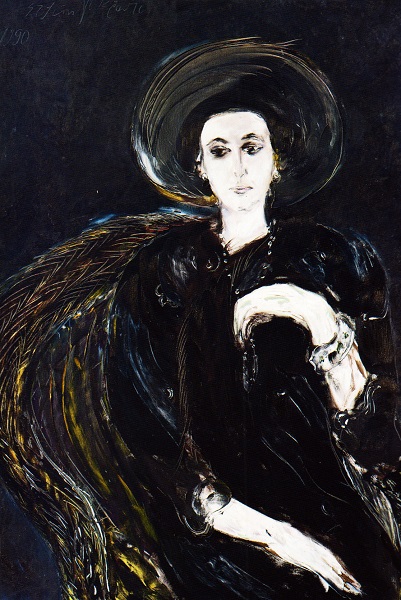
Srđan Vukčević: Portrait with Pearls (Boba), 1986., oil on canvas
STANKO HERCEG: The Strategies of a Photographer
08.08. – 03.09.2017.
Curator: Vesna Delić Gozze
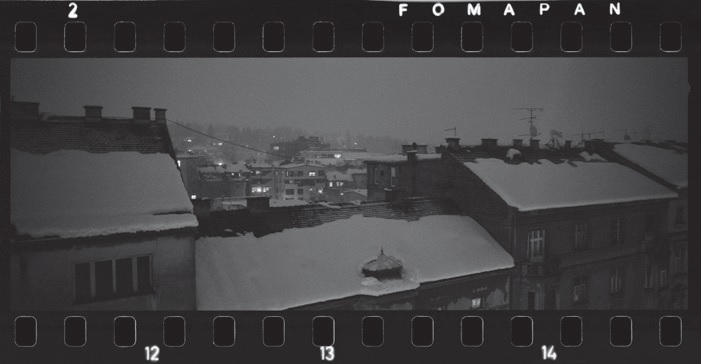
Stanko Herceg is renowned Croatian photographer and cinematographer.
The diversity of the Stanko Herceg exhibition recalls model examples of a textual, sign-related semiotic review in the medium of photography. Photography, according to some semioticians, is an indexical sign, and only in part an iconic sign. In his black and white analogue photographs of the series View from the Window, he has a range of slight interventions, without any visible coercion of the motif.
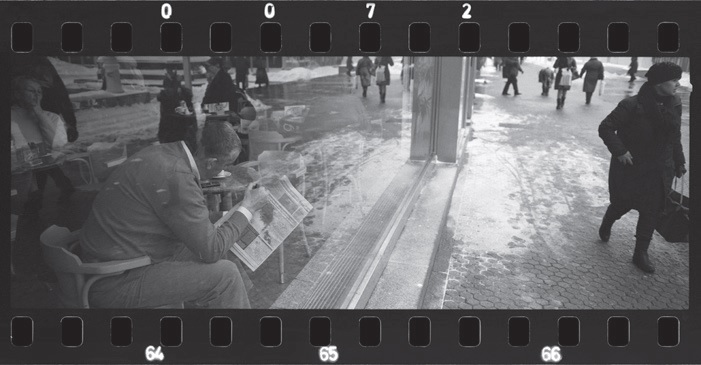
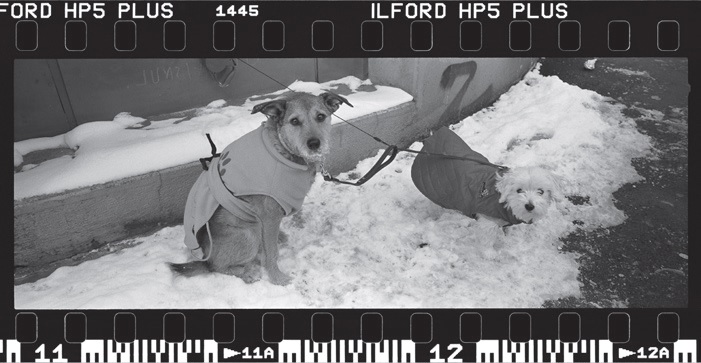
The photographic oeuvre of Stanko tells of a state of complementary relation between motif and photograph, when the photographic trace retains the possibility of storing the documentary part of the thing depicted, but not as homogeneous, analogue object from the real life surroundings, rather because of the two-dimensionality of the pertaining technology.
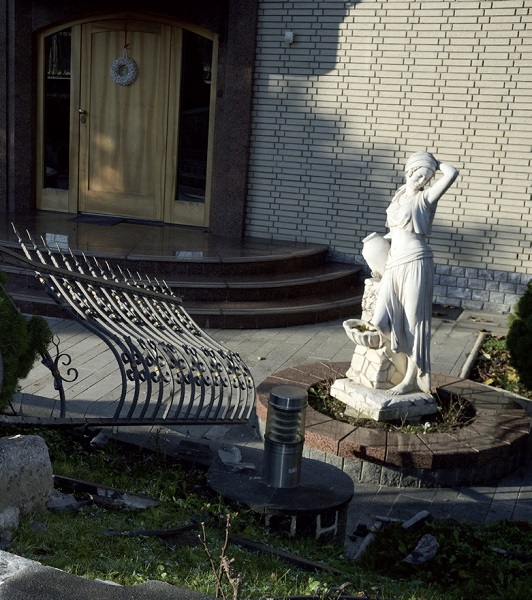
ZENAIDA BANDUR (1885. - 1946.)
16.6. - 30.7.2017.
Curators: Rozana Vojvoda, Sanja Žaja Vrbica
Among the forgotten, marginalised and lesser known oeuvres of Dubrovnik artists, the works of Zenaida Bandur are certainly worthy of attention. She painted in oils on canvas, did watercolours, pastels and drawings in pencil and charcoal; her subjects covered portraits, still lifes, figural compositions of mainly ethnographic subjects, landscapes and religious topics. Zenaida Bandur is a painter whose works today can be found in the holdings of Croatian national museums and galleries, such as the Modern Gallery in Zagreb, the Museum of Modern Art Dubrovnik, the Ethnographic and Archaeological museums in Split.
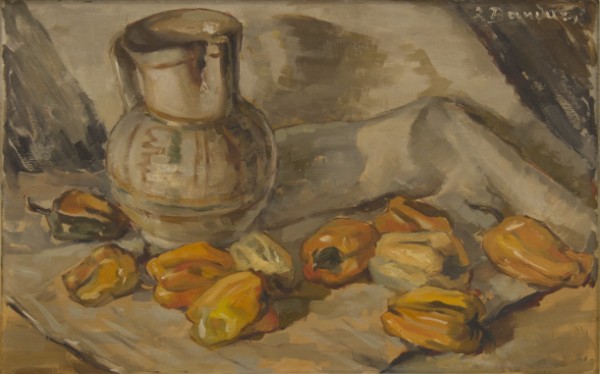
Zenida Bandur: Pappers, cca 1930., oil on canvas
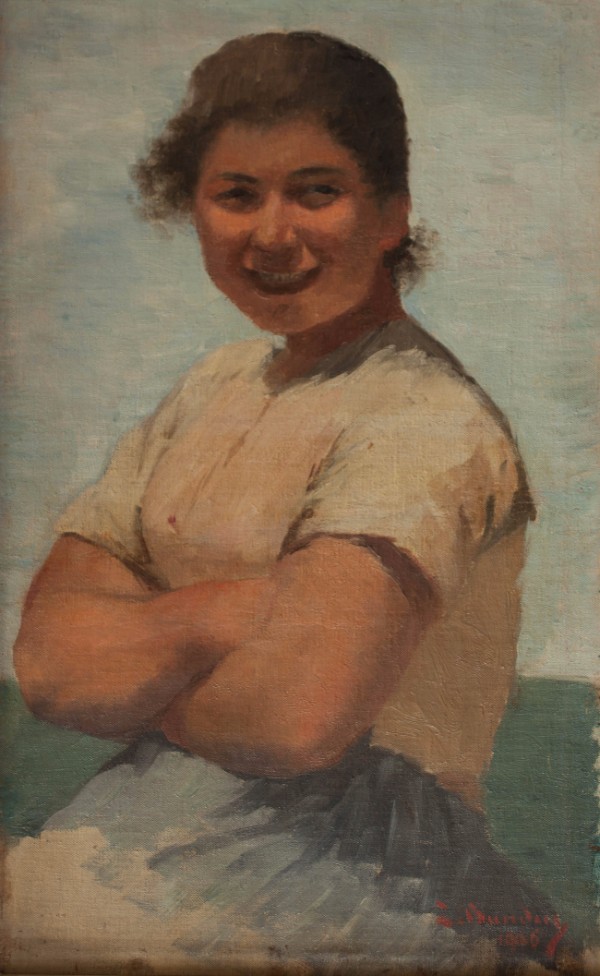
Zenaida Bandur: Girl from Ston, 1906., oil on canvas on posteboard
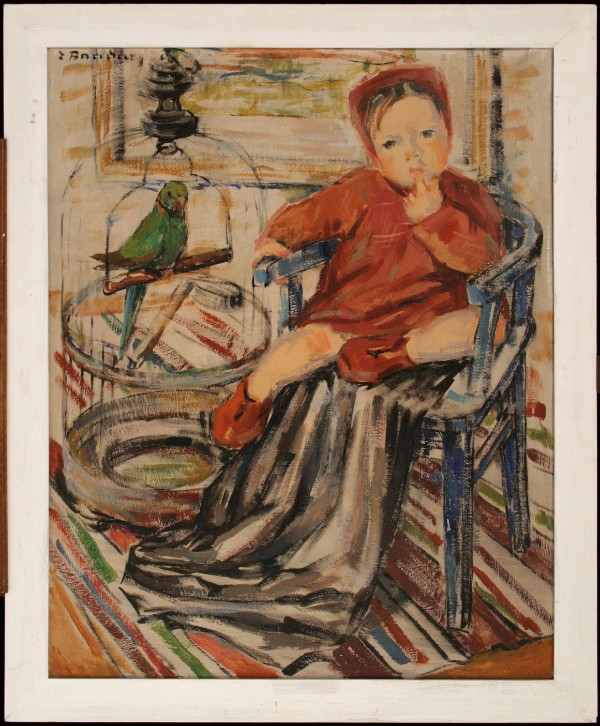
Zenaida Bandur: Child and Parrot, cca 1941., oil on canvas
LJUBO IVANČIĆ: In Praise of Painting
9.6. - 30.7.2017
Author of the exhibition: Zvonko Maković
It is easy to see in the painting of Ljubo Ivančić that certain motifs, or perhaps they should be called genres, inform the whole of his artistic life. The most represented are nudes and self-portraits. Indeed, these two themes tend very often to come together, and we can find in the paintings depictions of the nude and the painter himself. If we go further on ito explanations and attempt to locate the human figures shown, to determine the place of their being, we will discover that they are located in the painter's studio. But we are more interested in what the painter is representing, and why, what he wants to tell us with such a selection of figures, what exactly they mean.
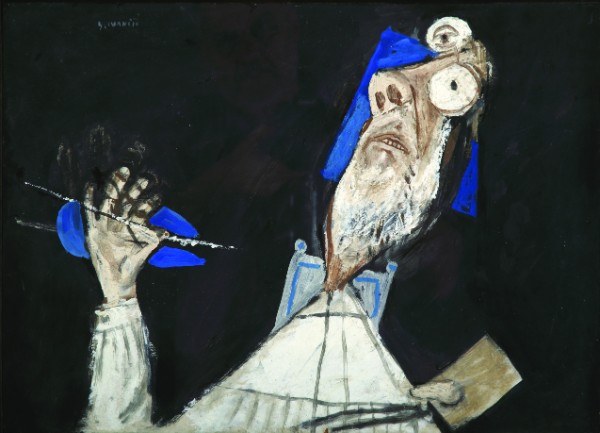
Ljubo Ivančić: Self-portrait with brush and palette, 1992.
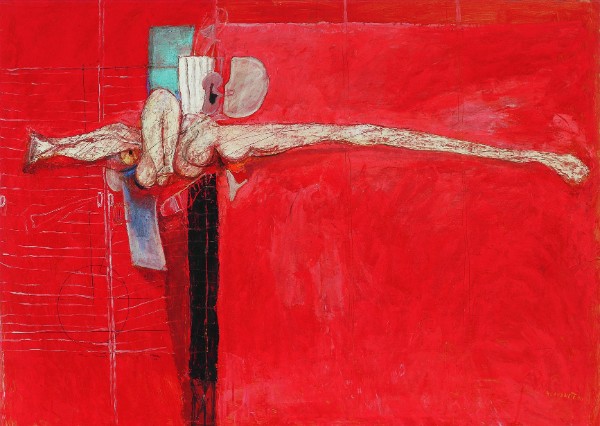
Ljubo Ivančić: Red Studio, 1990.
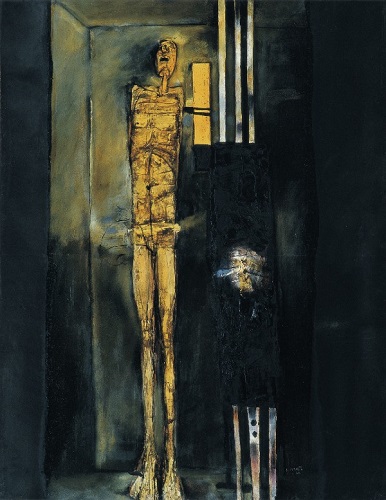
Ljubo Ivančić: Elongated figure in black, 1966.
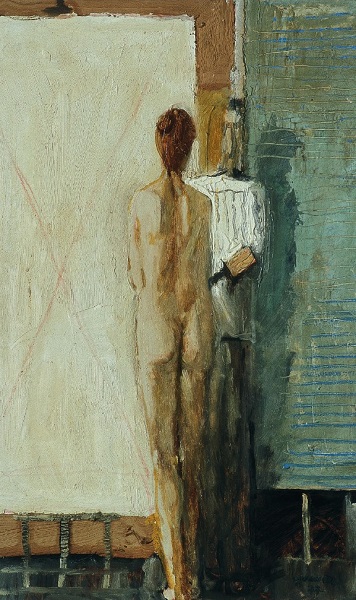
Ljubo Ivanović: Painter with female figure, 1977.
TOMISLAV BUNTAK: A Human Garden of Grace
11.5. - 4.6.2017
Author of the exhibition: Vesna Delić Gozze
The painting of Tomislav Buntak, in its iconography and the manner of working, has since its beginnings in the 1990s, a soothing effect, has a kind of therapeutic impact on the viewer. This is a figuration that is focused on oases of peace, a restful levitation in a zero-g state, a kind of visual verison of Hegel's phenomenology of the spiritual as space inhabited by free and self-aware beings, pure in themselves, bearers of inner mortality, capable of encompassing a wise simplicity.
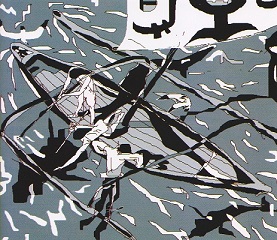
Tomislav Buntak: Sea Scene, bitmap drawing on paper
Buntak knows the difference between good and evil, between good and bad art, sincere and fake, as he knows that God gave him the power of perception: the emotion and the mind to make the decisions himself and to live the faith. (...) As wečč as stylised skill, here respect is given to the artist's first love strip with enigmatic speech bubbles. Actually, flicking quickly through them, we pass through the autor's outstanding art of framing, his pictorial narrative feeling for adventure, and the attitude to other, exotic, cultures, religions and civilisations.
Željko Marciuš
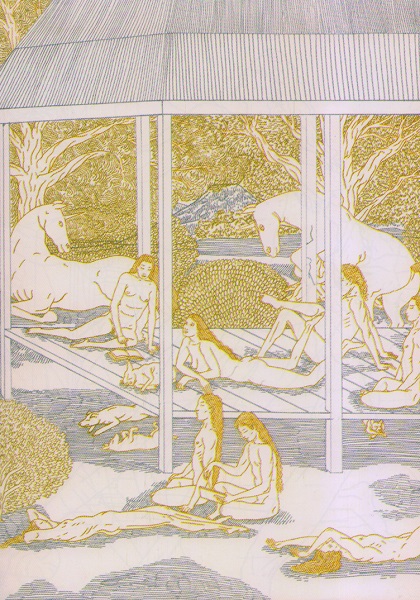
Tomislav Buntak: Japanese diary, gold and silver pencil on paper
IRIS LOBAŠ KUKAVIČIĆ: The Ten Encounters
04.05. – 11.06.2017.
Curator: Marin Ivanović
In her exhibition Iris has depicted ten evangelical encounters of Jesus Christ with his mother in large gallery formats. In the sense of the aforementioned notions, she has troughtfully virtualized the surface of a painting making it no longer closed, square, circular, triangular: it is simpy polygonal. An unusual approach to the creation of the established iconographic patterns has enabled the realization of the author's metalayer that cannot be overlooked.
This exabition with all its references confirms that it represents an important contribution to the Croatian religious and overall art.
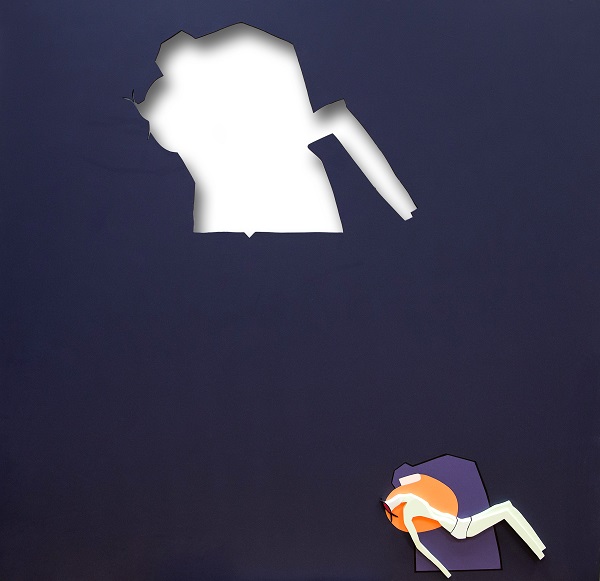
Iris Lobaš Kukavičić: Lamentation, acrylic on wood
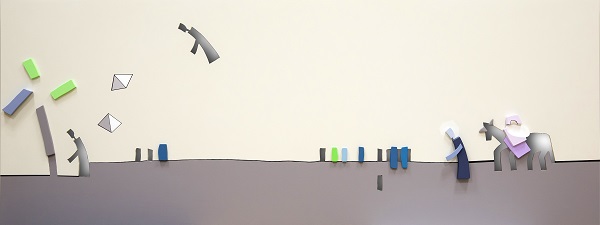
Iris Lobaš Kukavičić: The Flight to Egypt, acrylic on wood
The world is filled with man more than ever, but one could say that, in spite of that, it is more desolate that ever because it has lost or abandoned the center of man’s existence: Heaven. Nevertheless, it is being maintained and can be found in individual, personal existences – oases. We can see it very clearly in the Flight into Egypt, where Josip’s character is perforated and levitating while seeking for an oasis in which he can feel the presence of Him who is the only one worth following and listening to.
Anto Kajnić


Annunciation Mary holds the Baby Jesus
ANA POŽAR PIPLICA
TIME
Location: Gallery Dulcic Masle Pulitika & Studio Pulitika
Duration: 16.3. – 30.4. 2017.
Curatort: Rozana Vojvoda
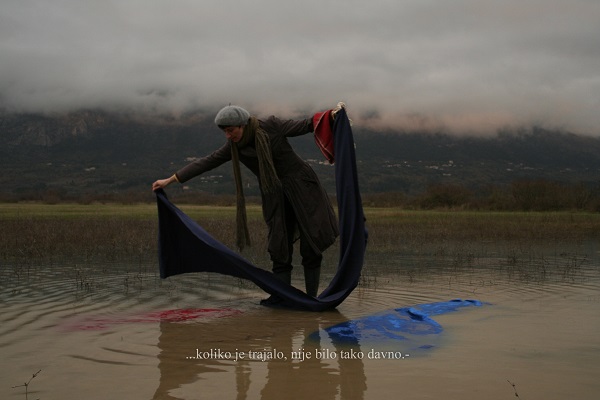
Kratka priča, 2010. serija od 8 fotografija, ink jet print na platnu, 50 x 90 cm
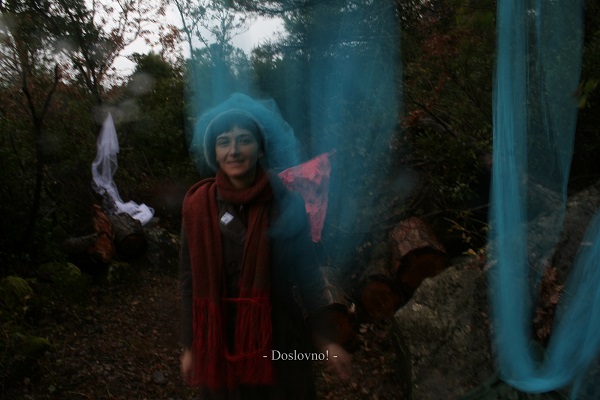
Kratka priča, 2010. serija od 8 fotografija, ink jet print na platnu, 50 x 90 cm
Ana Opalić was born in Dubrovnik in 1972. She took her degree in Film and TV Camera at the Academy of Dramatic Art in Zagreb in 1997. She deals with classic black and white as well as digital photography. She lives and works in Dubrovnik and Zagreb.
DUBROVNIK MOMENT IN THE FINE ARTS 3: PAINTING AND SCULPTURE
9.3. - 9.4.2017
Author of the exhibition: Marin Ivanović
Dubrovnik Art Moment 3 originated primarily from the need of Dubrovnik people to gain insight into the actuality of artistic creativity, and only then from the desire of certain visual artists to exhibit their works at the Museum of Modern Art Dubrovnik. The permeability of the "critical sieve" of this exhibition reflects the desire for establishing the Dubrovnik artistic reality, contrary to the insistence on quality, as is the case with other thematic and solo exhibitions.
Looking at the works included in the current exhibition I can say with great pleasure that the panel did a good job. Over eighty artists, or more precisely 88 visual artists of different profiles and different stylistic features, responded to the call for submissions. Among them there are a few well-known renowned artists, as well as a large number of those who have just stepped into the artistic scene. Some of them are trained artist, and some are self-taught-amateurs / Sunday painters. Most of them are inclined to traditional, artisanal techniques and forms of work, but there are those who prefer the process-based, expanded-media-assisted artistic practice.
Antun Karaman
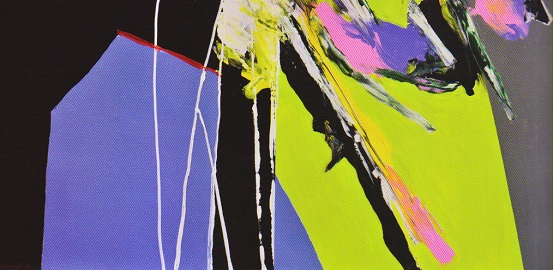
Tonko Smokvina: In the Quiet I, 2016., diptych, acrylic, canvas
Tonko Smokvina was born in Dubrovnik in 1980. In 1998 he graduated from the Luka Sorkočević Art School in Dubrovnik, painting designer major. He then took a degree in painting at the Academy of Fine Arts of Zagreb University, class of Eugen Kokot, in 2003. Apart from painting, he also teaches. He is a member of the Croatian Artists' Association Dubrovnik and has exhibited at many individual and collective exhibitions at home and abroad.
Ivan Perak was born in 1983 in Dubrovnik. He took a degree in painting in 2007 in the class of Antun Boris Švaljek at the Široki Brijeg Academy of Fine Arts of Mostar University. He then attented and completed the post – graduate Ars Sacra course at Široki Brijeg Academy of Fine Arts in 2009, supervised by Anto Kajnić. He has taken part in many art colonies and a lot of charity work, and is a member of the Croatian Artists' Association Dubrovnik.
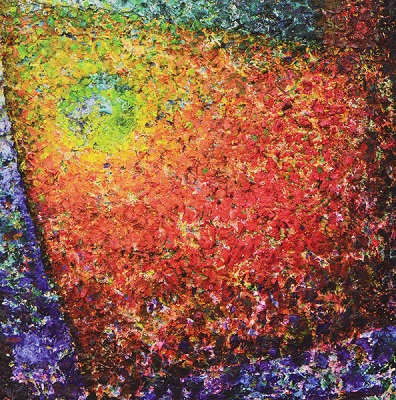
Ivan Perak, Ships-Ship I, 2016., combined technique, canvas
ELIAS AYOUB: Love in Damascus
01.02. – 05.03.2017.
Curator: Vesna Delić Gozze
Elias Ayoub is a painter of the Hope who cames from the city of Damascus, a town with which over many centuries Dubrovnik had extremely vigorous commercial relations. In his recent work, Ayoub uses the cubism tradition to depict his figures, highlighting the value of colours, and rearranging face and body features.
Love in Damascusis a group of paintings about one city - Damascus. Damascus is a place of wonders, complex and precious as is the cloth of the same name with its imaginative patterns, an ancient and holy place of the revelation of religious scenes, a warm nest for collected and honourable living. Energetic brushstrokes, the symbolism of the depiction and the volcanic strength of the palette tell of an outstanding gift. Certainly this is an artist of a postmodern figural expressionism in which there is a powerful anti-war note, with a clear Christian message of hope.
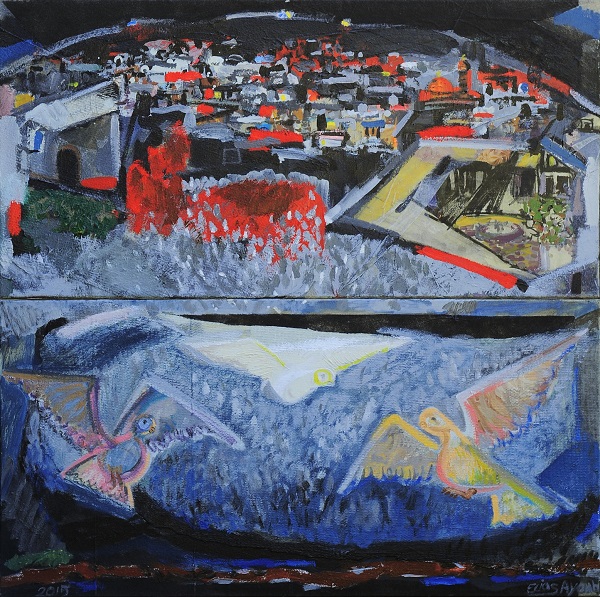
Elias Ayoub: Damascus in the eyes of a stranger, 2015., diptych, mixed media on canvas
After my graduation in 2009, I got great support from the Gallery of Samer Kozah, who likes to work with young artists. The beginning was through a solo exhibition for me in 2009. (...) In every stage, inspirations and suggestions change, which is why I tried many thing, from impressionism to extreme reductionism. Nowadays, I am plunging into different abstract areas/spaces.
Elias Ayoub
.jpg)
Elias Ayoub: Love in Damascus (2), 2015., oil on canvas
Love in Damascus, of which there are two versions, in the backbone of this cycle of paintings. Timeless love, which has autobiographical importance, for the young artist a few months before sealed his love with marriage in an Armenian apostolic church in Damascus, is a confirmation of the victory of life over death.
Vinicije B. Lupis
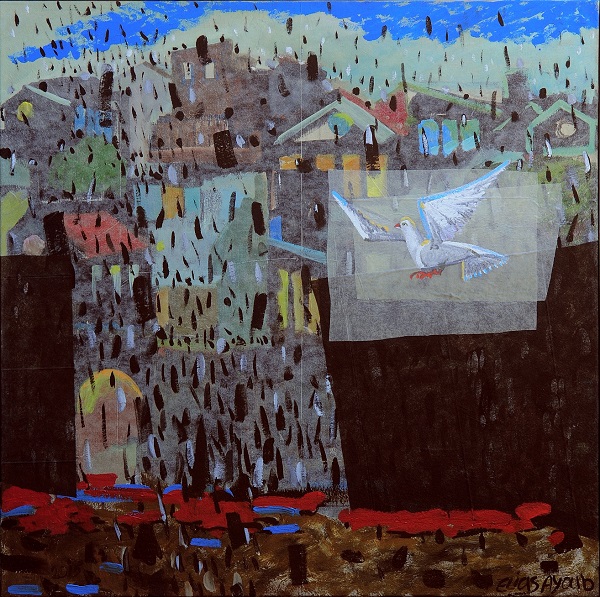
Elias Ayoub: The black rain, 2015., mixed media on canvas
FRANCIS BACON: The Boundaries of the Mind
22.12.2016 - 26.2.2017
Author of the exhibition: Vesna Delić Gozze
The independent painterly topology of metaphysics arising out of Bacon's idea of the brutality of fact and the phantom presence close to the photographic technique that this painter often used as an original in his work, turning it into the main support in the creation of a provocative word of paintings and drawings is far from the steretype of the moribund traditional code of aestheticisation. Bacon's image is dystopian, and when there in it is not specific ontology of violence, it is still terrifying from the loss of illusion about the identity of the figures. Still, from the example of a series of Bacon's drawings, the input of irony is along the lines of surrealist automatism of creation and shows solacing figures of the human wish for change and the possibility of the victory of Good through the painter's fragile equilibrium of a diffuse world of incessant change.
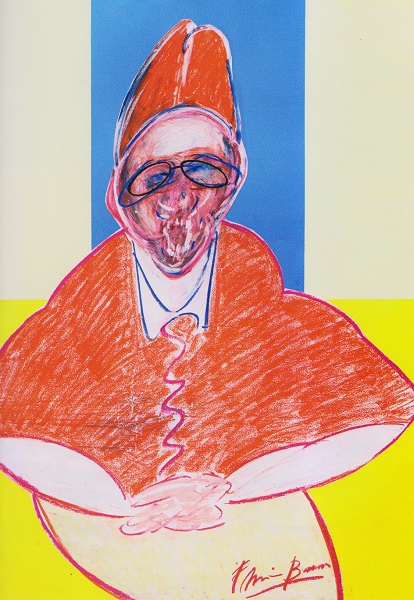
Francis Bacon: Pope, pastel on paper
It is true, of course; the Pope is unique. He's put in a unique position by being the Pope, and therefore, like in certain great tragedies, he's as though raised on to a dais on which the grandeur of this image can be displayed to the world.
Francis Bacon
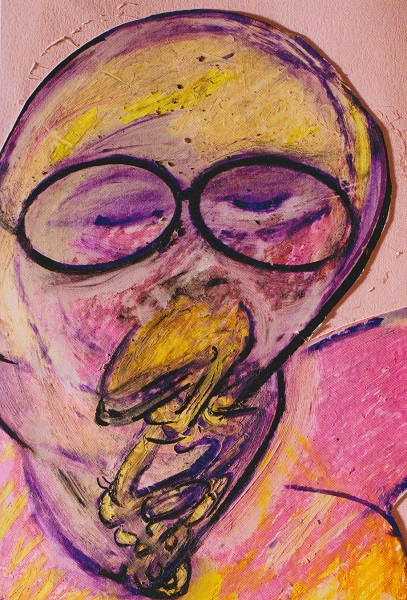
Francis Bacon: Self-portrait. pastel and collage on paper
The deformed physiognomies, the unnatural positions of the limbs seen at once from various perspectives that are it were testing out the borders of connection with the body, the emphasised facial expressions the shrieks from which continue in the nearby brush or pencil strokes and explode in the graphism of the forces, showing the completely personal expression and vibration of just vented aggression.
Vesna Delić Gozze






